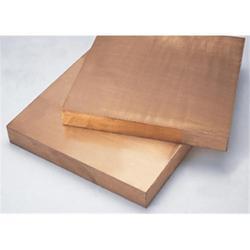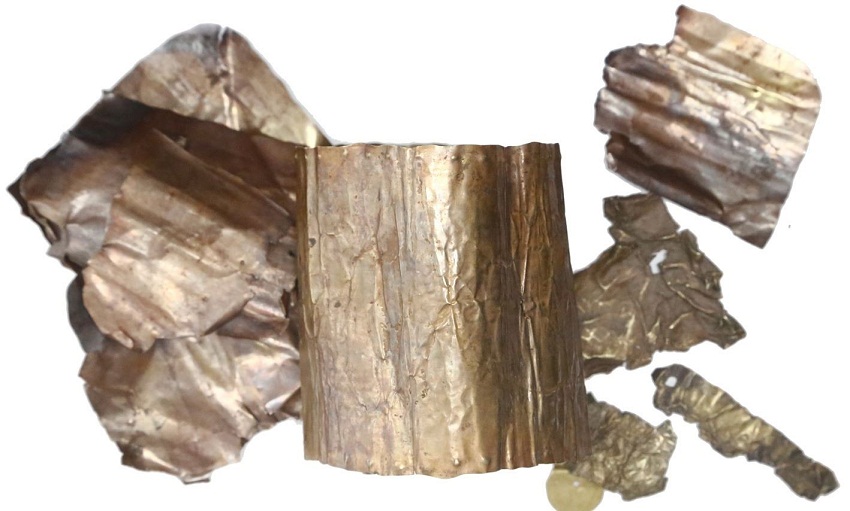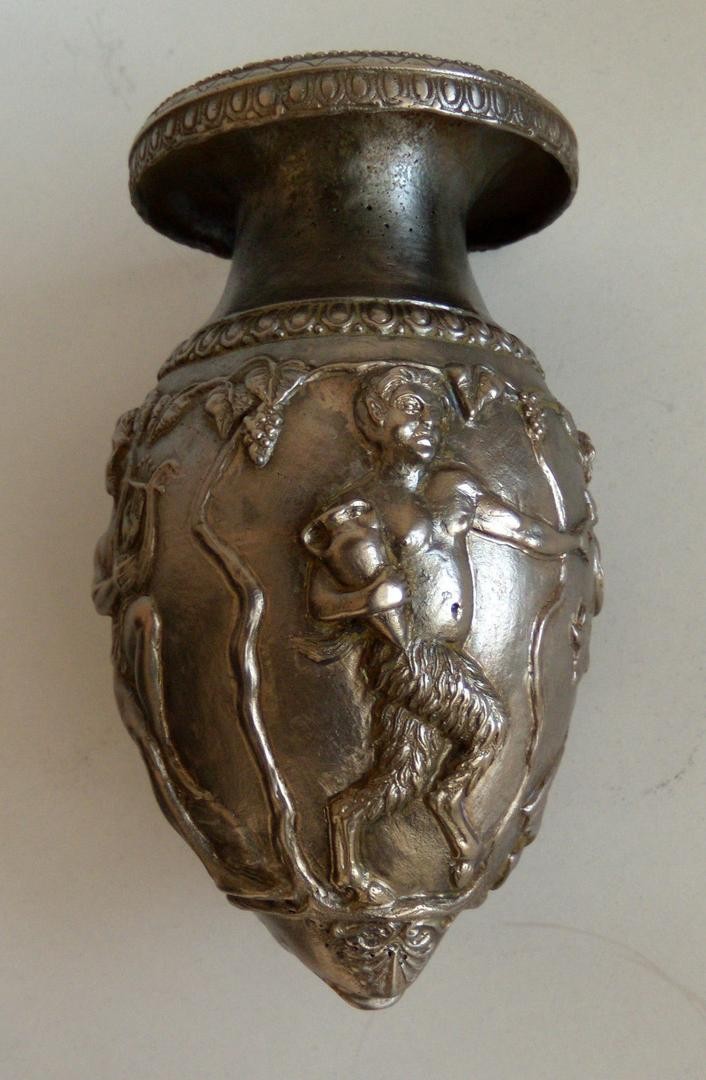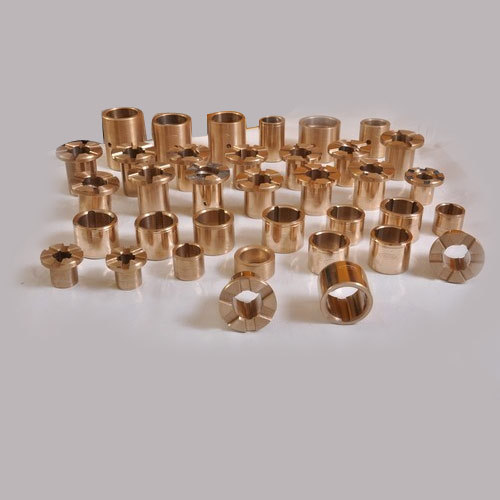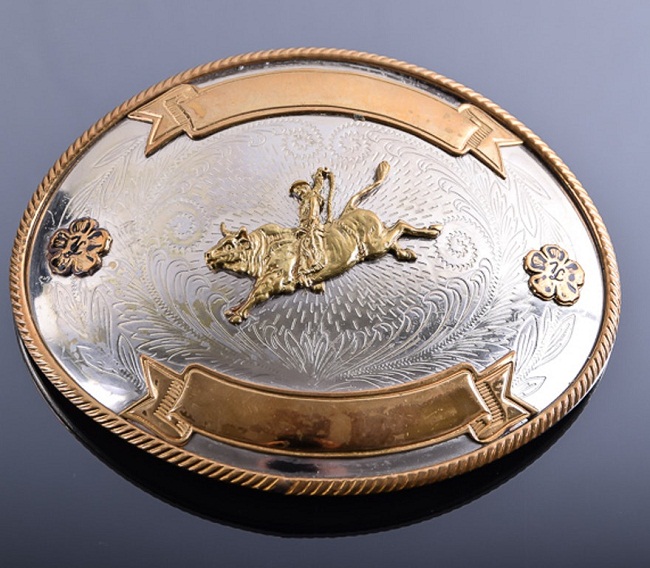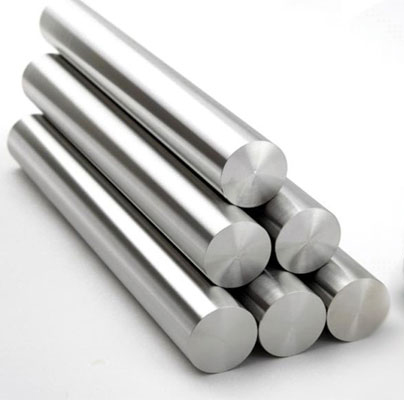Beryllium copper
Beryllium copper is an alloy comprising of copper as the base and 0.5 to 3 % of beryllium. In some cases, other alloying elements like nickel or cobalt are also used. The alloy has a huge demand in innumerable industries due to its high strength in adjunct with non-magnetic and non-sparking properties.
Beryllium copper Formula
Its chemical formula is BeCu.
Beryllium copper Properties
Some of the mechanical properties of this metal alloy are:
High Strength
It can attain high strength through precipitation hardening.
High modulus of elasticity
BeCu can resist high bending stress and retain its form.
Ductility
The alloy can easily deform under tensile stress and is stretchable. It is capable of sustaining large permanent changes in shape without breaking.
Durability
It can withstand continuous wear and tear or decay without undergoing any loss in strength. It can perform or compete over a long period without any significant deterioration.
Conductivity
The electrical conductivity of BeCu is quite high. This means that an electrical current can flow easily through the alloy. It also has a very high thermal conductivity and requires low heat generation.
Weldability
It can be easily be welded under imposed conditions.
Formability
Proper heat treatment to this metal alloy gives rise to a number of complicated shapes induced with high mechanical strength.
High resistance
It has a good corrosion resistance and is not susceptible to hydrogen embrittlement.
Reliability
Integrity of this metal alloy is extremely good and it possesses nearly all the characteristics of any steel alloy.
Beryllium copper Uses
As aforementioned, BeCu is a highly applicable material and quite useful to a large number of industries.
Tools
It is basically a non-ferrous alloy, extensively used in springs, spring wire, load cells and other appliances that undergo repeated pressure. Its high electrical conductivity finds large use in batteries and electrical connectors that run on low current. It is also used to make tools such as on oil rigs required for on-land oil drilling, owing to its high strength and non-magnetic property. The alloy is used in accordance to ATEX directive that describes what type of equipment and work environment is needed when working with explosives. It is used only in zone 0, 1 and 2 as per the directive. Primary tools like screwdrivers, pliers, spanners, cold chisels and hammers are all made of BeCu.
Percussion instruments
These are musical instruments in which the sound is produced by being struck and scraped by another object, most probably a beater. Instruments like tambourine and triangle are composed of the alloy that provides clear tone and strong resonance. Its unique quality lies in terms of maintaining consistent tone and timbre as long as the instrument is played.
Cryogenic equipment
Dilution refrigerators that work at a very low temperature utilize this alloy, exhibiting very high mechanical strength and thermal conductivity.
Weapons
It also finds application in armor piercing bullets.
Copper gaskets
Beryllium copper gaskets are resistant to radio frequency leakage and can be used in electronic seal, EMC testing and anechoic/non-echo free chambers.
Golf clubs
Club heads that are made of this metal alloy assist the regular golfers for chip shots as well as putts around and on the green.
Copper wire
Many forms of BeCu wires are produced like round, square, flat and shaped, coils, spools, and longitudinal. The high resistance of the alloy to non-oxidizing acids like hydrochloric acid or carbonic acid, plastic decomposition products, and regular wear and tear makes it functional in wire production. High electrical conductivity and durability are some of the essential features that are highly required for making copper wires.
Valves
Valve seats and valve guides made of BeCu are used in high performance four-stroke engines using coated titanium valves. Dissipation of heat from these valves is quite high and almost equivalent to that of powdered steel, or iron seats and guides. Soft form of the alloy acts as a cushion for these valves by reducing the friction of the coated titanium valves and increasing the durability.
Beryllium copper Alloys
There are several types of alloys of BeCu. Each type has its own application and mechanical properties.
Alloy 25 beryllium copper (C17200 & C17300)
It is as an age-hardening material having a copper base alloy-like strength. Application of heat treatment to transform the alloy into springs or other complex shaped-materials can strengthen it. Alloy 25 BeCu has excellent spring properties, stability, and is highly corrosion-resistant. It also has good conductivity and low deformity.
Tempered beryllium copper
It is also designated as alloy 25 (C17200 & C17300). The alloy has been age hardened and cold drawn. It does not require any additional heat treatment but application of light stress is important to maintain its durability. It is highly ductile and can wind on its own diameter to form springs and other mechanical objects. Tempered wire comprises of almost all the properties of BeCu but it cannot be used in the finished parts of any machinery.
Alloys 3 (C17510) and 10 (C17500) beryllium copper
This age-hardened alloy provides good electrical conductivity and physical strength. It forms an important component of electrical conductors like springs and wire forms. This type of BeCu alloy can be used in materials, in which retention of properties at very high temperature is necessary.
High strength beryllium copper alloy
It comprises of 2.7% of beryllium (cast), or 1.6-2% of beryllium with cobalt present in small traces. The process of precipitation hardening or age hardening induces sufficient mechanical strength in this alloy. Its thermal conductivity range lies between steels and aluminium. The cast alloys are extensively used for injection molds.
The wrought and cast alloys are designated by UNS as C17200 to C17400, and C82000 to C82800. The hardening process involves fast cooling of the annealed metal that gives a solid state solution of beryllium in copper. It is later kept at 200-460°C for around one hour, facilitating precipitation of metastable beryllide crystals in the copper matrix. Over aging is not preferred due to formation of an equilibrium phase that depletes the beryllide crystals and reduces its strength. The beryllides are identical to both cast and wrought alloys.
High conductivity beryllium copper alloy
It contains up to 0.7% beryllium along with some nickel and cobalt. It is not completely pure like copper but has a good thermal conductivity compared to aluminium. It is commonly used as electrical contacts in connectors.
Beryllium copper Inc.
Little Falls Alloys Corp introduced this metal alloy as spring wire since its discovery, and has led to its development since 1943.
Beryllium copper Disadvantages
Beryllium copper tools are more expensive, relatively weak, and wear out faster than tools, which are made of steel. Aluminium bronze is an alternative metal that is sometimes used for non-sparking tools.
Beryllium copper MSDS
Precautions must be taken while performing processes like melting, casting, machining and welding. However, in service, BeCu is perfectly safe to handle and use.
Toxicology
All beryllium compounds in general are toxic as well as poisonous. Therefore, it should be carefully handled. BeCu poses no health concerns in solid state but inhaling its dust or vapors during machining or welding may lead to serious consequences. The alloy is often replaced with safer copper alloys such as Cu-Ni-Sn bronze due to its carcinogenic nature.
First aid measures
Inhalation: Accidental inhalation may cause serious lung damage that generally occurs during burning, grinding, cutting and other related operations. In such cases, the affected person must immediately be moved into fresh air and allowed to rest for a while. Affected individuals must be given prompt medical assistance to avoid any mishap.
Skin contact: This toxic material can get easily absorbed through the skin causing extreme discomfort. In such a case, the first step is to remove the clothing of the affected person. This should be followed by washing the affected region with soap and water. If the condition prevails, immediate medical help must be availed.
Eye contact: Direct entry of BeCu fumes or gas in to the eyes may cause severe irritation and discomfort. In this situation the eyes should be flushed with water in order to remove the toxic particulates. Proper medical guidance should be taken to prevent any major damage.
Ingestion: If significant amount of the toxic metal alloy is accidentally swallowed then one must seek urgent medical assistance.
Personal Safety Measures
Local dust extraction must be provided to avoid the fumes or gas from entering the lungs. If it cannot be controlled by extraction then a good respirator should be used to prevent inhalation. Gloves and barrier cream is essential to prevent skin sensitization and dermatitis. Hand and foot protection is very important while working with this metal alloy. Hence, it is advisable to wear suitable hand and foot protection when handling the solid form of the alloy. Approved safety glasses or goggles should be worn for welding, burning, grinding, cutting, turning and related operations. Eating, or drinking, must be done away from the work area.
Fire-fighting measures
Castings do not burn or explode but the dust produced may form explosive mixtures in air. The concentration of the explosives consists of very thick dust cloud. In order to avoid any fire hazards class “D” fire extinguishing agents must be used to isolate the fire.
Accidental spill measure
Spilled or released toxic material must quickly be removed to prevent it from spreading to other areas. A vendor should be consulted in case of damaged castings. It may even be sent to a scrap reclaimer.
Waste disposal
Metal working wastes are generally categorized as “hazardous waste” or some other form of regulated waste. Local officials regarding waste determinations and proper disposal must be consulted.
Beryllium copper Price
The alloy is expensive and can only be used when its unique combination of properties are fully exploited. The price varies according to the type of the alloy. Currently, BeCu is available at US $8000-22,000 per Ton.
